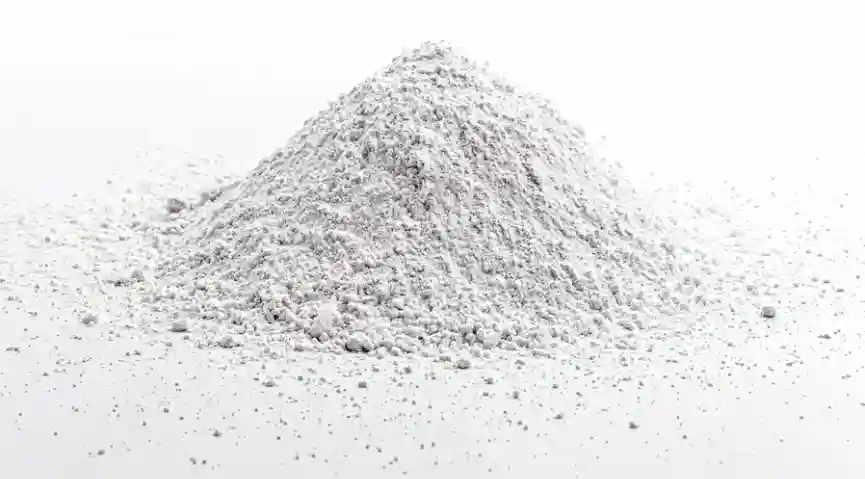IUPAC Name
(2R)-2-[(1S)-1,2-dihydroxyethyl]-3,4-dihydroxy-2H-furan-5-one
Cas Number
50-81-7
HS Code
2936.27.00
Formula
C6H8O6
Appearance
White Crystalline Powder
Common Names
Vitamin C
Packaging
25kg/carton
Brief Overview
Ascorbic acid is an organic compound, famously known for its rich antioxidant properties. Common people name it simply as vitamin C but it was originally called as L-hexuronic acid. Later research initated the suggestion to rename L-hexuronic acid from a- (meaning "no") and scorbutus (scurvy), the disease caused by a deficiency of vitamin C. It dissolves well in water to give mildly acidic solutions. As a glucose derivative, many animals are able to produce it, but humans require it as part of their nutrition. Unfortunately, other vertebrates lacking the ability to produce ascorbic acid include other primates, guinea pigs, teleost fishes, bats, and some birds. There exists a D-ascorbic acid, which does not occur in nature but it may be synthesized artificially. It has identical antioxidant properties to L-ascorbic acid yet has far less vitamin C activity (although not quite zero). This fact is taken as evidence that the antioxidant properties of ascorbic acid are only a small part of its effective vitamin activity. To be specific, L-ascorbate is known to participate in many specific enzyme reactions that require the correct epimer (L-ascorbate and not D-ascorbate).
Manufacturing Process
Ascorbic acid is mainly produced through the Reichstein-Grüssner process, invented in 1933 until recent years. Nowadays, D-sorbital is typically converted to ascorbic acid through 2-keto-L-gluonic acid (SKGA) as the key intermediate via a bio-oxidation process involving Gluconobacter oxydans and several chemical steps.
Food Industry
Ascorbic acid and its sodium, potassium, and calcium salts are commonly used as antioxidant food additives. These compounds are water-soluble and, thus, cannot protect fats from oxidation: For this purpose, the fat-soluble esters of ascorbic acid with long-chain fatty acids (ascorbyl palmitate or ascorbyl stearate) can be used as food antioxidants.
Animal Feed Industry
Ascorbic acid is commonly added to poultry and livestock feed to enhance its immunity system. It is also commonly added into their diets to combat heat stress, and as a supplement in post-weaning diets for pigs.
Agriculture Industry
Ascorbic acid promotes seeds' germination, plants' growth, and roots' growth on cuttings. When ascorbic acid or sodium ascorbate solutions are sprayed on plants such as lettuce, celery, spinach, petunias, and roses, those plants can better withstand ozone and smog exposure damage.
Pharmaceutical Industry
Ascorbic acid (vitamin C) is used in medicine to maintain proper immune function. It is also used in medicine to treat disease called scurvy. It is even used in skin creams which are used to protect or cure wrinkled skin due to sun exposure.
Other Applications
Ascorbic acid is used as a reductant in photographic developer solutions. In fluorescence based techniques, ascorbic acid can be used as an antioxidant to increase fluorescent signal and chemically retard dye photobleaching. It is also commonly used to remove dissolved metal stains, such as iron, from fiberglass swimming pool surfaces. In plastic manufacturing, ascorbic acid can be used to assemble molecular chains more quickly and with less waste than traditional synthesis methods. It is even used to negate the effects of iodine tablets in water purification.
